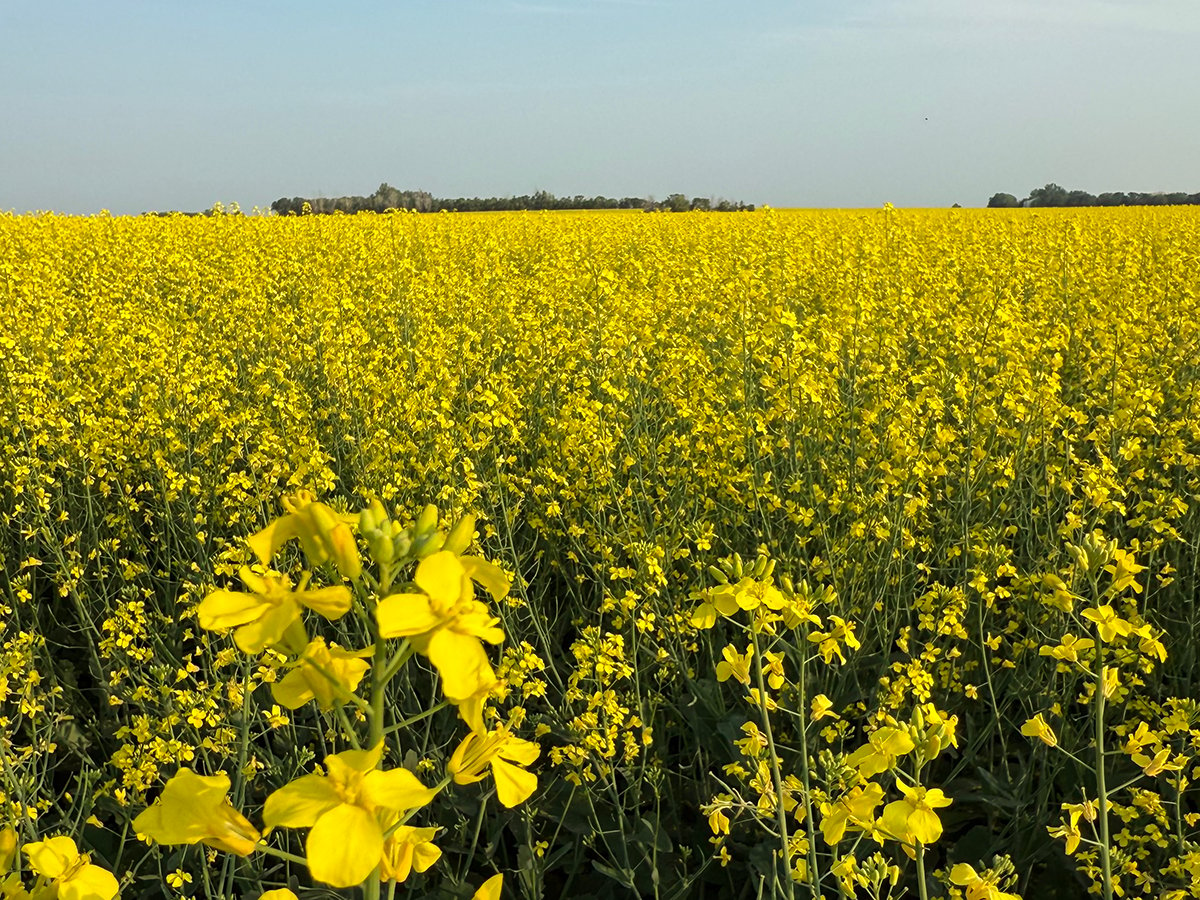After back to back years of questionable grades for his wheat, Jeff Simpson has had it with the subjective methods used to assess grain quality in Canada.
“What’s happened the last two years in a row is that we’ve had grain that is fully functional as a milling wheat. But because of a visual loss of colour or a slight wrinkling, the grade either dropped to a two or a three,” said Simpson, who grew spring wheat, lentils and canary-seed this year on his farm near Ruthilda, Sask.
Read Also

Canola support gets mixed response
A series of canola industry support measures announced by the federal government are being met with mixed reviews.
“Last year, we had a little bit of a loss of colour and it was downgraded to a two.”
Wet conditions throughout most of Saskatchewan and parts of Alberta and Manitoba tarnished a substantial chunk of the wheat crop this year on the Prairies. Many producers’ wheat is being downgraded to No. 2 or 3 at the elevator, which equates to thousands of dollars in lost earnings.
The difference of a single grade is significant. The Canadian Wheat Board’s September Pool Return Outlook for No. 2 CWRS wheat, 11.5 percent protein is $7.03 per bushel. For No. 3 it drops to $6.59 per bu., a decline of 44 cents.
Considering the losses, it’s not surprising that many producers, including Simpson, are frustrated with the grading process at the elevator.
“With the visual grading of wheat and durum, it almost comes down to whether the guy at the elevator is in a good mood,” Simpson said.
One farmer, on an on-line discussion thread, commented that grain company employees seem to go through the sample with a pair of tweezers, looking for reasons to downgrade the wheat.
Such resentment is commonplace, Simpson said.
“Cool weather years are open season on farmers,” he said, explaining the grading system works against producers in wet years.
A producer can take a sample of wheat to another company in search of a higher grade, Simpson said.
“When everybody’s samples … are consistently not a No. 1, most facilities don’t have room to play with (lower grade wheat).”
Receiving a lower grade than expected is maddening.
However, farmers need to remember that they have power and options, said Annette Hamilton, a farm marketing adviser with Farm Link Marketing Solutions in Dundurn, Sask.
To get the best grade, the key words are persistence and patience.
“There are lots of elevators out there … they’re all looking for business,” Hamilton said. “They need producers so they don’t want to tick too many producers off by giving them bad grades.”
Persistence can pay off but it’s also important for producers to know the rules of the game, said Jim Bessel, an agronomist with the Canola Council of Canada in northeastern Saskatchewan.
The council issued a news release highlighting the difference between distinctly green seeds and seeds that are pale green or greenish yellow.
For a No. 1 grade, canola may contain up to two percent distinctly green seeds. A No. 2 grade can have six percent and No. 3 is up to 20 percent distinctly green.
“Because of the environmental conditions we had this past season, we’re going to have some issues,” Bessel said.
“If a producer is not sure exactly what is regarded as distinctly green, it’s really a wise option to send in your samples to the Canadian Grain Commission and get it graded by one of the graders who are well trained in these areas.”















